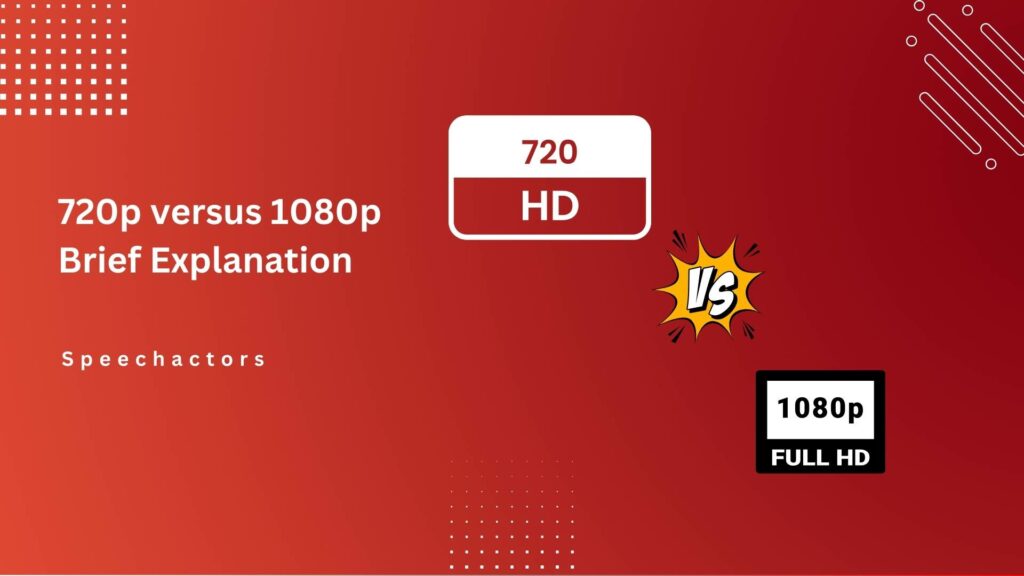Ever wondered which resolution gives the best viewing experience? The two most common options are 720p and 1080p.
In this guide, we’ll compare 720p vs 1080p to help you decide. We’ll break down what each resolution means and how it impacts quality, file size, and device compatibility.
By the end, you’ll know which resolution suits your needs, whether for watching videos, gaming, or everyday use.
Understanding Resolution
Resolution refers to the number of pixels in an image. The higher the pixel count, the clearer and sharper the picture. More pixels mean better detail and an improved viewing experience.
Additionally, resolution matters in videos too. A high-resolution video looks crisp, while a low-resolution one may appear blurry or pixelated.
Furthermore, knowing the right resolution is essential for quality content. To optimize your visuals, check out our latest blog on Instagram Story Dimensions, where we explain how resolution affects your stories.
What is 720p Resolution?
A 720p resolution means a screen displays 1280×720 pixels. It is considered high-definition (HD), but it’s not the sharpest option available. While it offers decent quality, 1080p and 4K resolutions provide a more detailed experience.
Additionally, the difference between 720p and 1080p is noticeable, especially on larger screens. 1080p offers 2.25 times more pixels, resulting in sharper visuals.
Furthermore, in gaming, 720p is playable, but 1080p enhances details and delivers smoother graphics. If you’re using a large screen, you’ll notice the clarity difference. For more insights on resolution impact, read our latest blog on Instagram Story Dimensions.
What is 1080p Resolution?
A 1080p resolution (also known as Full HD) has 1920×1080 pixels, making the image clearer than 720p. This resolution is widely used in TVs, monitors, and gaming setups.
Additionally, 1080p is ideal for video streaming, gaming, and photography, providing richer details and smoother motion. Most popular streaming platforms, including Netflix, YouTube, and Amazon Prime Video, use 1080p as a standard.
Furthermore, 1080p delivers 50% more details than 720p, leading to better image quality. If you’re looking for a sharper and immersive viewing experience, 1080p is the way to go.
Conclusion
A 720p resolution is good for smaller screens and when file size is a priority. However, 1080p delivers better image quality, making it ideal for movies, gaming, and streaming.
If you frequently watch content on a large screen or prefer sharper visuals, 1080p is the better option. For a deeper dive into how resolution affects content.
